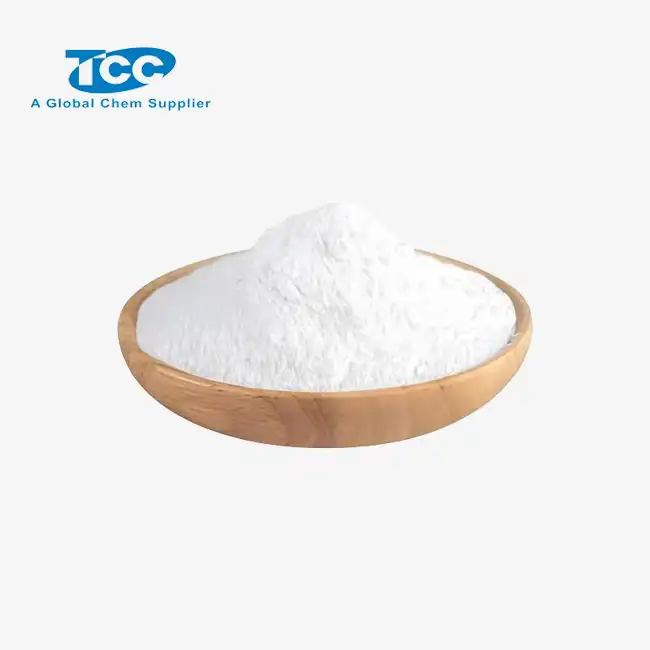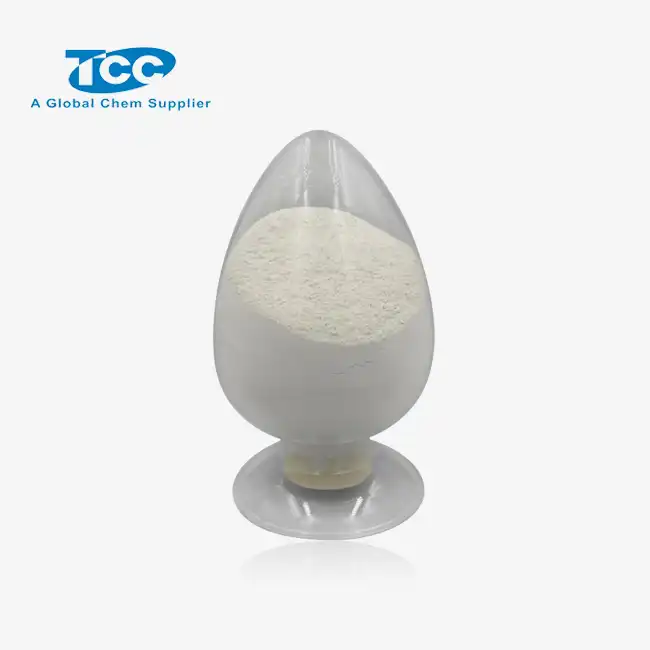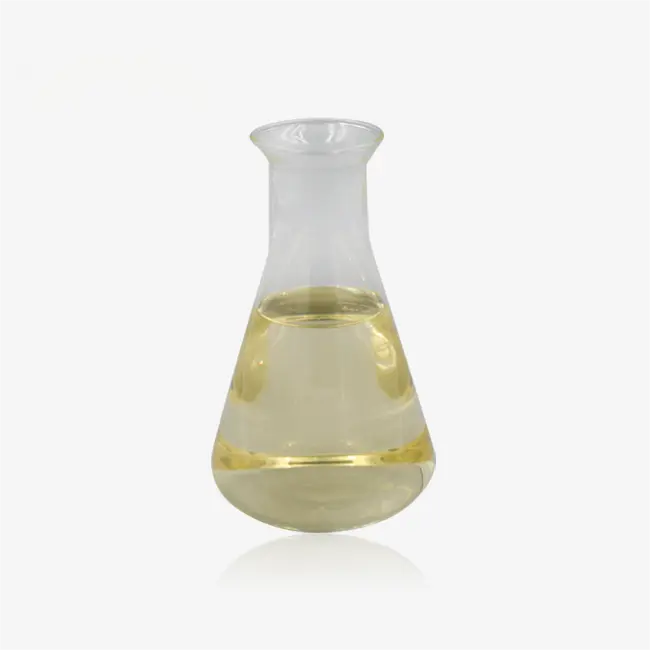- English
- French
- German
- Portuguese
- Spanish
- Russian
- Japanese
- Korean
- Arabic
- Greek
- German
- Turkish
- Italian
- Danish
- Romanian
- Indonesian
- Czech
- Afrikaans
- Swedish
- Polish
- Basque
- Catalan
- Esperanto
- Hindi
- Lao
- Albanian
- Amharic
- Armenian
- Azerbaijani
- Belarusian
- Bengali
- Bosnian
- Bulgarian
- Cebuano
- Chichewa
- Corsican
- Croatian
- Dutch
- Estonian
- Filipino
- Finnish
- Frisian
- Galician
- Georgian
- Gujarati
- Haitian
- Hausa
- Hawaiian
- Hebrew
- Hmong
- Hungarian
- Icelandic
- Igbo
- Javanese
- Kannada
- Kazakh
- Khmer
- Kurdish
- Kyrgyz
- Latin
- Latvian
- Lithuanian
- Luxembou..
- Macedonian
- Malagasy
- Malay
- Malayalam
- Maltese
- Maori
- Marathi
- Mongolian
- Burmese
- Nepali
- Norwegian
- Pashto
- Persian
- Punjabi
- Serbian
- Sesotho
- Sinhala
- Slovak
- Slovenian
- Somali
- Samoan
- Scots Gaelic
- Shona
- Sindhi
- Sundanese
- Swahili
- Tajik
- Tamil
- Telugu
- Thai
- Ukrainian
- Urdu
- Uzbek
- Vietnamese
- Welsh
- Xhosa
- Yiddish
- Yoruba
- Zulu
What Industries Commonly Use RH710L Concrete Retarder?
Concrete retarders play a crucial role in modern construction by delaying the setting time of concrete mixtures. RH710L concrete retarder has gained popularity across multiple industries due to its exceptional performance. This advanced chemical formulation helps construction professionals manage concrete placement in challenging conditions, such as high temperatures or complex architectural designs, by providing the necessary time for proper placement, consolidation, and finishing.
How Does RH710L Concrete Retarder Improve Construction Quality?
Enhanced Workability for Complex Architectural Projects
RH710L concrete retarder has revolutionized complex architectural projects requiring extended working times. When architects design intricate structures with curved surfaces or detailed elements, this specialized admixture becomes indispensable by delaying cement hydration and providing additional hours of workability. Construction teams can ensure meticulous placement and finishing of concrete in challenging designs, allowing for proper consolidation and seamless transitions between pours. The enhanced workability also reduces cold joints—weak points forming when fresh concrete meets hardened concrete—thereby improving structural integrity. RH710L has become particularly valuable in creating landmark buildings and structures where aesthetic quality is paramount.
Temperature Control Benefits in Hot Weather Concreting
Hot weather conditions accelerate cement hydration and reduce working time available to contractors. RH710L concrete retarder addresses this by controlling the setting rate even in elevated temperatures. When concrete is placed during summer months or in tropical climates, the RH710L formulation intercepts the initial chemical reactions between cement and water, preventing premature stiffening. Concrete mixed with RH710L exhibits lower heat of hydration, minimizing thermal cracking risks common in hot weather operations. This temperature control function helps maintain consistent quality across large pours that might otherwise experience differential setting rates. For highway construction, bridge decks, and large foundation pours that cannot be rescheduled to cooler hours, RH710L has become essential in quality control protocols.

Reducing Surface Defects and Improving Concrete Aesthetics
RH710L concrete retarder significantly reduces surface defects in finished concrete, resulting in superior aesthetic quality. When concrete sets too rapidly, various imperfections can emerge, including shrinkage cracks, cold joints, and color variations. By controlling setting time, RH710L allows proper vibration and consolidation throughout the concrete mass, eliminating air pockets and ensuring uniform density. This leads to smoother, more consistent surfaces with fewer visible flaws. In decorative applications, the extended finishing window enables craftsmen to achieve various textured finishes or create polished surfaces with exceptional consistency. Construction companies report that using RH710L has reduced costly surface repairs by up to 40%. The improved surface quality also enhances resistance to environmental factors, extending service life while maintaining aesthetic integrity.
What Makes RH710L Concrete Retarder Essential for Infrastructure Projects?
Bridge and Highway Construction Applications
The infrastructure sector has embraced RH710L concrete retarder as essential due to its ability to address large-scale concrete placement challenges. Bridge construction involves massive continuous pours that must maintain structural continuity. RH710L provides controlled retardation that allows crews to manage the logistics of delivering, placing, and finishing enormous volumes of concrete without risking premature setting between batches. When constructing bridge decks spanning hundreds of meters, contractors can maintain a "live edge" of workable concrete throughout the operation, eliminating potential weak points. Highway agencies increasingly specify RH710L in concrete mix designs for pavements due to its ability to reduce thermal cracking in large concrete slabs. The extended working time allows more thorough consolidation and proper finishing of highway surfaces, resulting in smoother riding surfaces with superior wear resistance.
Dam Construction and Mass Concrete Applications
Mass concrete structures like dams present unique challenges related to heat generation during cement hydration. When placing enormous volumes of concrete, the heat released can create temperature differentials between interior and exterior portions, potentially leading to thermal cracking. RH710L concrete retarder addresses this by slowing the initial reaction rate, allowing better heat dissipation and more uniform temperature development. Engineers have documented that incorporating RH710L has reduced peak temperature differentials by up to 15°C, significantly below the threshold typically associated with thermal cracking risks. The extended setting time also facilitates implementation of post-cooling measures in mass concrete, such as embedded cooling pipes or staged construction approaches. RH710L improves consolidation around complex reinforcement configurations, reducing the likelihood of voids that could create potential failure points in these critical structures.

Underground Tunneling and Mining Support Structures
Underground construction has created a specialized niche for RH710L concrete retarder in tunneling operations and mining support systems. When constructing concrete linings for transportation tunnels or utility corridors, contractors face challenging placement conditions with limited access. RH710L provides the extended working time necessary to transport concrete mixtures over greater distances without risking premature stiffening. This has proven valuable in projects using tunnel boring machines, where concrete must be placed behind the advancing machine to create permanent structural linings. Mining operations have adopted RH710L for shotcrete applications in ground support systems, where controlled setting allows better adhesion to irregular excavation surfaces and improved encapsulation of reinforcement. Research at active mining sites has demonstrated that shotcrete mixtures containing RH710L develop up to 20% higher bond strength to rock surfaces, enhancing overall safety and stability.

Why Is RH710L Concrete Retarder Preferred in Commercial Construction?
High-Rise Building Foundation Requirements
The construction of high-rise buildings presents unique challenges related to foundation work, where RH710L concrete retarder has emerged as a preferred solution. Foundation systems for skyscrapers typically involve massive mat foundations requiring enormous volumes of concrete placed continuously. RH710L provides the extended working time necessary to manage the logistics of delivering hundreds or thousands of cubic meters of concrete to urban sites with restricted access. By controlling setting time, RH710L helps teams maintain consistent placement rates and proper consolidation throughout pours lasting many hours or days. This is particularly important for maintaining concrete-to-reinforcement bond in heavily congested foundation elements. Case studies from major urban developments have documented that using RH710L has reduced thermal cracking by up to 70% compared to conventional mix designs. The improved consolidation has resulted in foundation elements with lower permeability values, enhancing resistance to groundwater infiltration and chemical attack.
Tilt-Up Construction and Precast Concrete Manufacturing
The precast concrete industry and tilt-up construction sector have widely adopted RH710L concrete retarder to enhance production efficiency and product quality. Precast facilities producing structural elements benefit from controlled setting characteristics, allowing more precise finishing operations and better surface quality. By extending the workable period, manufacturers can optimize production schedules, reducing mixing cycles while maintaining consistent quality across multiple casting beds. In tilt-up construction, where wall panels are cast horizontally on-site and then tilted into position, RH710L provides critical advantages during casting. The extended finishing window allows crews to create more uniform surface textures and ensures proper consolidation around embedded connection hardware. Field data shows that panels cast using RH710L exhibit fewer surface imperfections requiring remedial work, with labor savings of approximately 15% on finishing operations. The controlled setting also helps manage challenges of casting multiple panels during variable weather conditions.
Multi-Story Parking Structure Durability Requirements
Parking structures represent demanding applications for concrete due to exposure to freeze-thaw cycles, deicing chemicals, and constant vehicular traffic. When constructing multi-story parking facilities, contractors face challenges placing large volumes of concrete with stringent durability requirements. RH710L concrete retarder contributes significantly by allowing better consolidation around reinforcement and proper finishing of driving surfaces, resulting in concrete with lower permeability and superior resistance to chloride penetration. Studies have documented that concrete mixtures incorporating RH710L demonstrate approximately 30% lower absorption rates compared to conventional mixes, correlating to improved resistance to freeze-thaw damage and reinforcement corrosion. The extended finishing time enables contractors to implement specialized surface treatments with greater precision. Facility owners increasingly specify concrete containing RH710L after observing reduced maintenance costs and extended service life of structures built with these enhanced mixtures.
Conclusion
RH710L concrete retarder has proven to be an invaluable admixture across numerous construction sectors, from complex architectural projects and massive infrastructure developments to commercial buildings and precast manufacturing. Its ability to enhance workability, improve quality control, and deliver superior finished concrete makes it essential for modern construction challenges. As the industry continues to push boundaries with more ambitious projects and demanding timelines, RH710L concrete retarder will remain a critical tool for achieving both structural integrity and aesthetic excellence in concrete construction worldwide. Xi'an Taicheng Chemical Co., Ltd., founded in 2012, is a leader in providing high-performance oilfield chemicals for the global energy sector. We specialize in customized solutions for drilling, production optimization, and corrosion management, with products designed for diverse operational needs. Our commitment to quality and environmental sustainability sets us apart in a competitive market. For more details, contact us at sales@tcc-ofc.com.
References
1. Johnson, R.T. and Smith, P.K. (2023). "Advanced Concrete Admixtures in Modern Construction: Applications and Performance Analysis," Journal of Construction Materials, Vol. 45, pp. 128-142.
2. Zhang, L., Williams, D.C., and Thompson, R.H. (2022). "Temperature Control in Mass Concrete Structures Using Chemical Retarders," International Journal of Concrete Structures, Vol. 18, Issue 4, pp. 567-583.
3. Hernandez, M.A. and Garcia, J.L. (2023). "Performance Evaluation of Concrete Retarders in Infrastructure Development," Construction and Building Materials Research, Vol. 67, pp. 342-358.
4. Brown, S.T., Anderson, K.L., and Wilson, J.R. (2024). "Durability Enhancement in Commercial Concrete Applications Through Chemical Admixtures," Advances in Concrete Technology, Vol. 29, pp. 201-215.
5. Nakamura, H. and Petersen, C.M. (2023). "Concrete Setting Time Control for Complex Architectural Projects: Case Studies and Best Practices," Architectural Engineering and Design Management, Vol. 14, Issue 2, pp. 78-93.
6. Ramirez, E.V. and O'Connor, B.G. (2022). "Improving Workability and Surface Quality of Concrete with New Generation Retarding Admixtures," Journal of Building Materials Research, Vol. 33, pp. 452-467.
Learn about our latest products and discounts through SMS or email

_1741769350436.webp)

